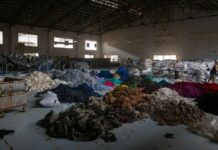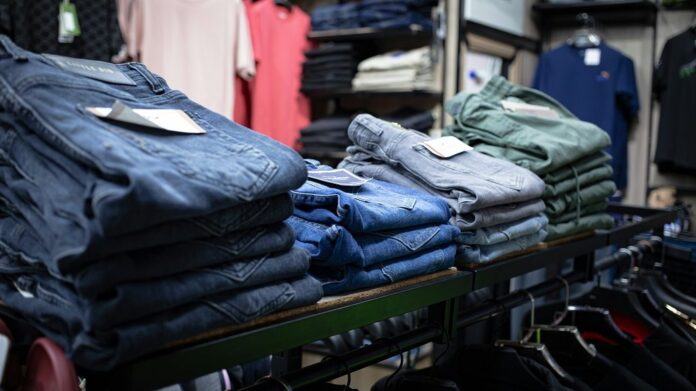QIMA’s latest sourcing data indicates a notable decline in U.S. overseas procurement, beginning in August 2025. After reaching a peak of 22% year-on-year (YoY) growth in July, inspection and audit activity by U.S. buyers has slackened in both August and September, a marked departure from last year’s performance. This downturn is primarily attributed to the ongoing shift away from China, where U.S. inspection volumes plummeted by 24% YoY during the third quarter (Q3) this year.
As a result of this decline, other Asian sourcing hubs have stepped in to fill the void. Both Southeast Asia and South Asia reported increases in inspection activities, rising by 39% and 26% YoY, respectively, with robust demand noted in Vietnam, Cambodia, Indonesia, Bangladesh, and Sri Lanka.
However, these new supplier partnerships face challenges due to escalating trade tensions with India, which are already influencing U.S. sourcing behaviors. Compounding this issue, the introduction of new ‘transshipment tariffs’ threatens to disrupt ties with Southeast Asia’s manufacturing centers, especially Vietnam, moving forward.
With nearly six months having passed since ‘Liberation Day,’ the implications of the current U.S. administration’s trade policies on supply chains are becoming increasingly evident. U.S. nearshoring and reshoring efforts are progressing slowly, with merely 8% of total procurement in Q3 2025 stemming from domestic sources. Other options for sourcing domestically remain limited, as brands tend to rely on domestic suppliers to supplement rather than replace overseas procurement.
As key trading relationships languish and connections with the European Union (EU) cool further amid recent agreements, U.S. supply chains approach the holiday season with a dwindling range of options and rising uncertainty, QIMA warns.
The decline in American demand for products made in China has prompted Chinese exporters to pursue diversified trade strategies, with emerging markets retaining significant importance.
Latin and South America, marked by their expanding consumer bases and consistent demand for goods from Asia, continue to play crucial roles in this evolving trade landscape. Throughout Q3 2025, businesses in these regions maintained strong sourcing activities from China and its neighbors.
Inspection activities for Chinese suppliers saw substantial growth in Brazil (up 54% YoY), Argentina (up 16% YoY), and Uruguay (up 69% YoY), while demand from Venezuela and El Salvador more than doubled.
Among the fastest-growing sectors was the textile and apparel industry, which has adapted to changes in global supply dynamics by leveraging strong sourcing relationships and responding to evolving consumer preferences.
Simultaneously, EU leaders are striving to strike a balance between traditional and emerging trade alliances. European brands and retailers have continued to follow established sourcing paths, predominantly relying on Southeast Asian suppliers as they prepare for the upcoming holiday season. Demand for inspections and audits in the region rose by 8% YoY, driven by significant increases in Vietnam (21% YoY), Thailand (18% YoY), and Cambodia (10% YoY).
In conclusion, the evolution of the textile and apparel industry reflects ongoing changes in global sourcing patterns. As brands adapt to these fluctuations, investments in innovation and sustainability in the textile and apparel industry will be vital for fostering resilience and staying competitive amid complex market dynamics and increasing trade tensions.


































